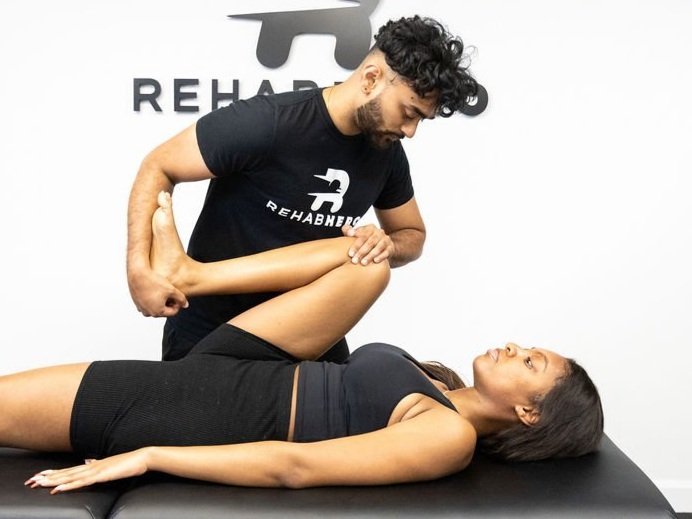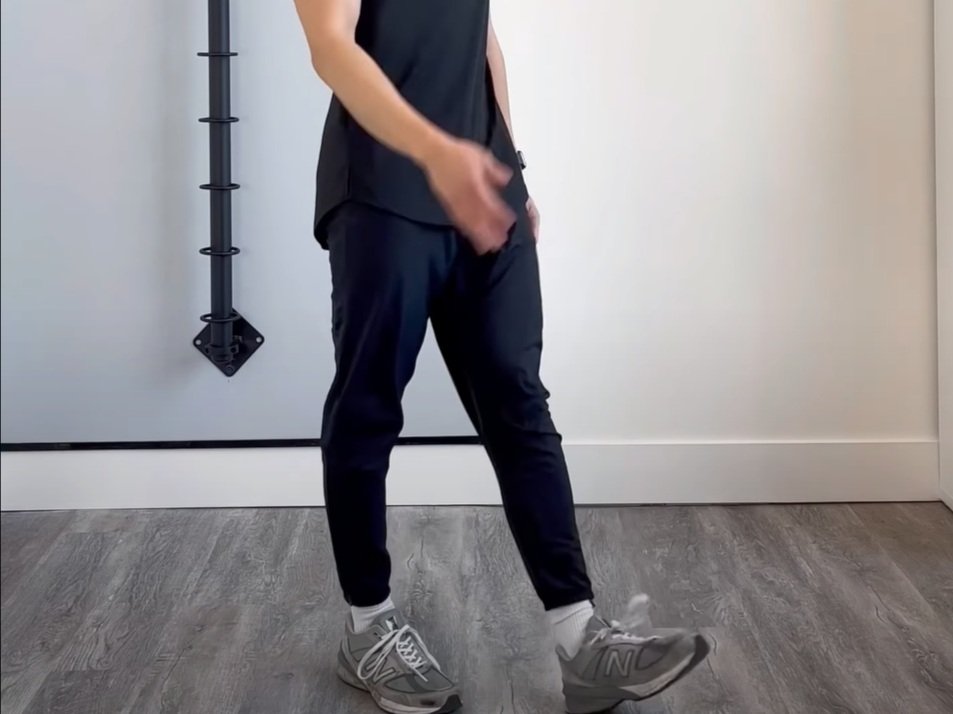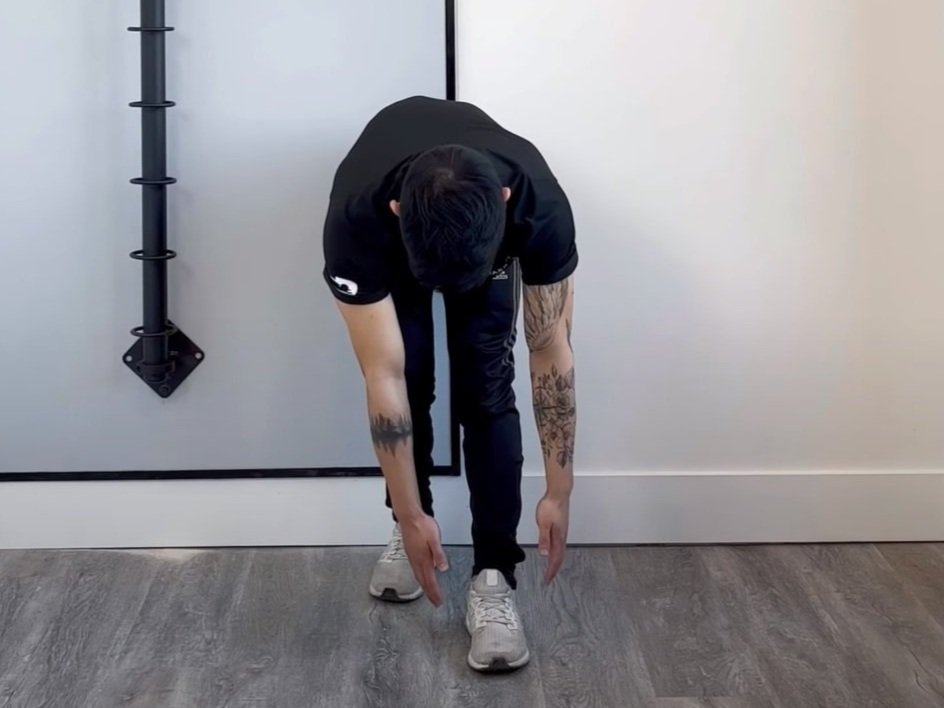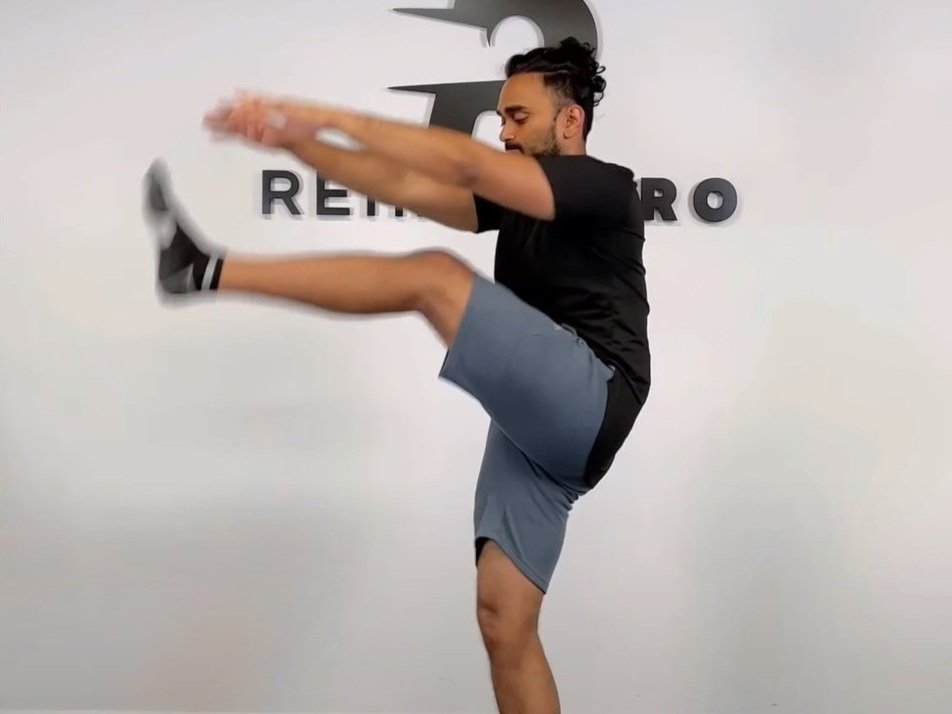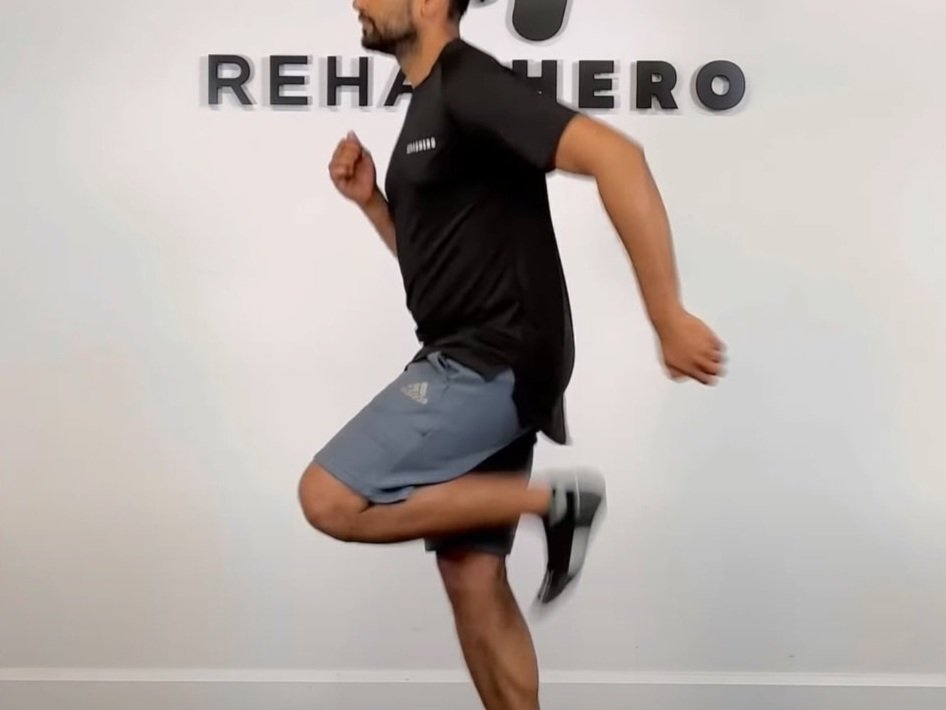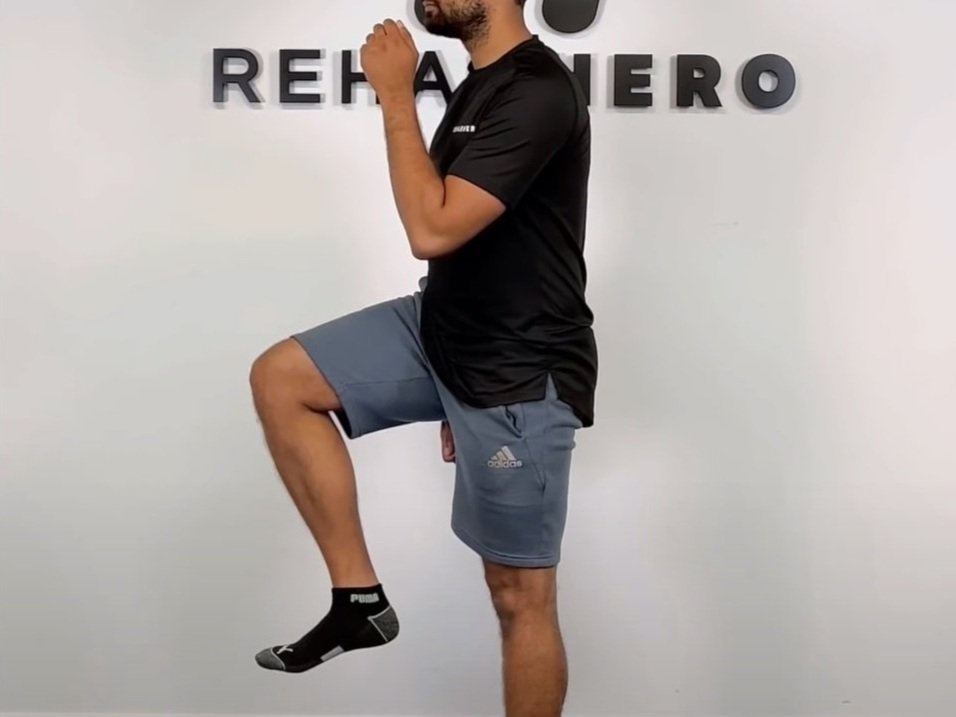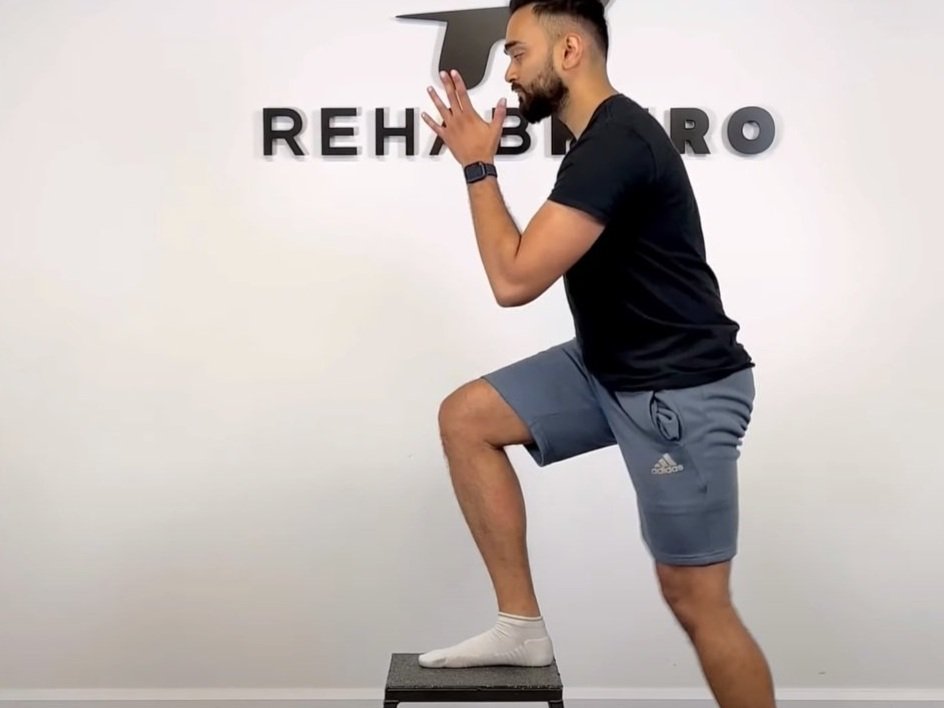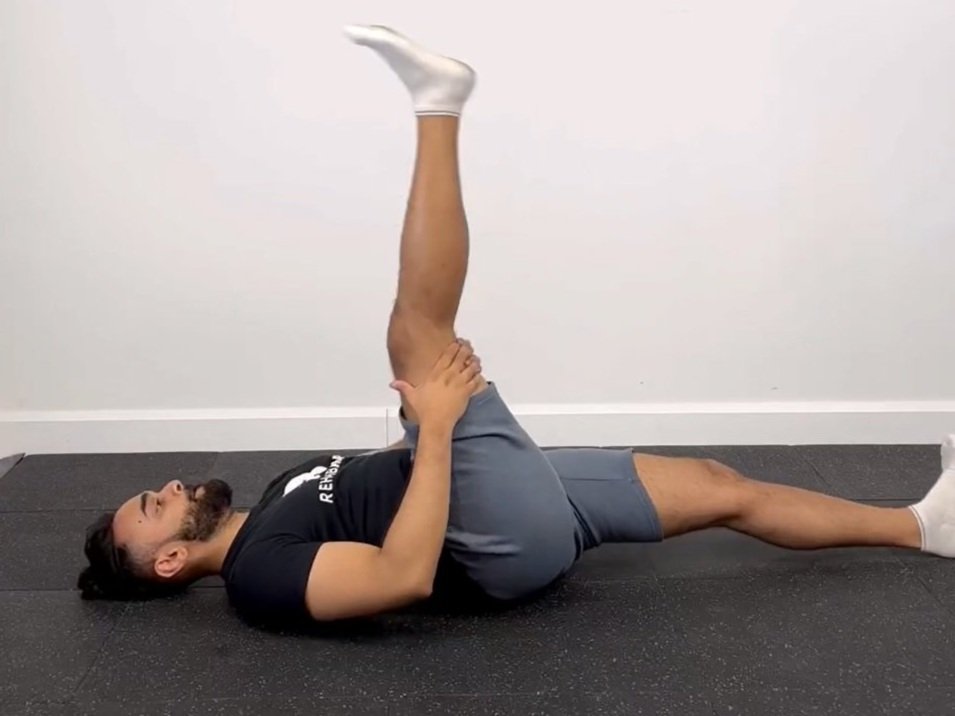How massage therapy can help with common running injuries.
Try massage therapy for running related pain.
Learn how seeing an RMT can assess and treat your knee, ankle and hip injuries.
How Massage Therapy can Help with Common Running Injuries
As a runner, you are constantly putting stress on your joints and muscles. This can lead to a variety of injuries, including runner's knee, patellofemoral pain syndrome, and ITB syndrome. Massage therapy can help to relieve the pain and discomfort associated with these injuries.
Running is a high-impact activity that puts a lot of stress on the muscles and joints. Not surprisingly, this can lead to a variety of injuries, ranging from minor aches and pains to more serious problems like stress fractures. Most running-related injuries are muscle related, however, and can be treated with relative ease. The most common type of muscle injury is known as a "pulled muscle," which occurs when the muscle is overextended or torn. This can often be remedied with some rest and ice, although more serious cases may require physical therapy or even surgery. However, even the most serious muscle injuries will usually heal with time, allowing runners to get back on track relatively quickly.
How Massage Therapy Can Help Runner's Knee
Runner's knee is a condition that can cause pain around the kneecap. The kneecap is held in place by the quadriceps muscle and the patellar tendon. The patella is a small bone that helps to move the leg forward when we walk or run. When the quadriceps muscle contracts, it pulls on the patellar tendon, which in turn moves the patella. Runner's knee occurs when the patella is not moving smoothly along its groove in the femur, or thighbone. This can happen due to injury, overuse, or poor biomechanics. Symptoms of runner's knee include pain around the kneecap, tenderness when touching the area, and swelling. Treatment for runner's knee typically includes rest, ice, and massage.
The knee is a complex joint that is designed to handle a lot of stress and impact. However, this doesn't mean that it's immune to injury. One of the most common injuries that runners experience is runner's knee. This can occur for a variety of reasons, but one of the most common is improper running frequency or volume. If you suddenly increase your mileage or the intensity of your runs, you put a lot of stress on your knees. This can lead to inflammation and pain. Similarly, if you don't run often enough, your muscles and joints can become weak and may not be able to handle the impact as well. As a result, it's important to find a balance in your running routine. If you gradually increase your mileage and pay attention to how your body feels, you can help prevent runner's knee and other injuries.
Runner's knee is a common injury that is caused by the overuse of the knee joint. The pain from runner's knee can be debilitating, making it difficult to run or even walk. Massage therapy can help to relieve the pain and inflammation associated with runner's knee. Massage therapy can also help to improve range of motion and flexibility in the knee joint. To read more about Runner’s Knee click here.
How Massage Therapy Can Help with Calf Strains
When you run, your calf muscles work hard to push off from the ground and propel you forward. But sometimes, all that stress can lead to a muscular injury known as a calf strain. Symptoms of a calf strain include pain, tenderness, swelling, and cramping in the affected muscle. Most strains occur when the muscle is suddenly stretched beyond its limits, such as when you make a quick change in direction while running. However, overuse injuries are also common among runners. Repeatedly pounding the pavement can put stress on the muscles and tendons, causing them to become inflamed and eventually leading to a strain. If you suspect you have a calf strain, it's important to see a medical professional so they can diagnose the injury and develop a treatment plan. With proper treatment, most calf strains will heal within a few weeks.
Treatments such as deep tissue massage, myofascial release, cross friction massage, or ischemic compressions can be used to target any trigger points that may develop in a calf following injury. The purpose of these techniques is to decrease pain and to increase range of motion. Following treatment it is often recommended to engage in physical rehabilitation. These exercises can be prescribed to you by any licensed health care professional.
How Massage Therapy Can Help with ITB Syndrome
ITB syndrome is a condition that is caused by the inflammation of the iliotibial band. The iliotibial band is a ligament that runs from the hip to the knee. The pain from ITB syndrome can be debilitating, making it difficult to run or even walk. Massage therapy can help to relieve the pain and inflammation associated with this condition.
Massage can help to reduce tension in the tensor fascia latae (TFL) and iliotibial band (IT Band) by decreasing muscle tone and promoting circulation. The tensor fascia latae is a muscle that runs along the side of the hip and attaches to the the IT Band, and the iliotibial band is a band of connective tissue that extends from the hip to the knee. Both of these structures can become tight and irritated, especially if they are overused from running. Massage therapy can also help to stretch the muscles and connective tissue, which can further reduce tension and pain.
Conclusion:
Massage therapy can help to relieve the pain and discomfort associated with common running injuries such as runner's knee, patellofemoral pain syndrome, and ITB syndrome. If you are suffering from any of these conditions, consider seeking out massage therapy as a treatment option.
Written by: Vithursun Yugadeva
Vithursun or ‘Vithu’ is a registered massage therapist in Markham that is also a running coach. His passion in treating runners come from his athletic background as a varsity level track athlete.

